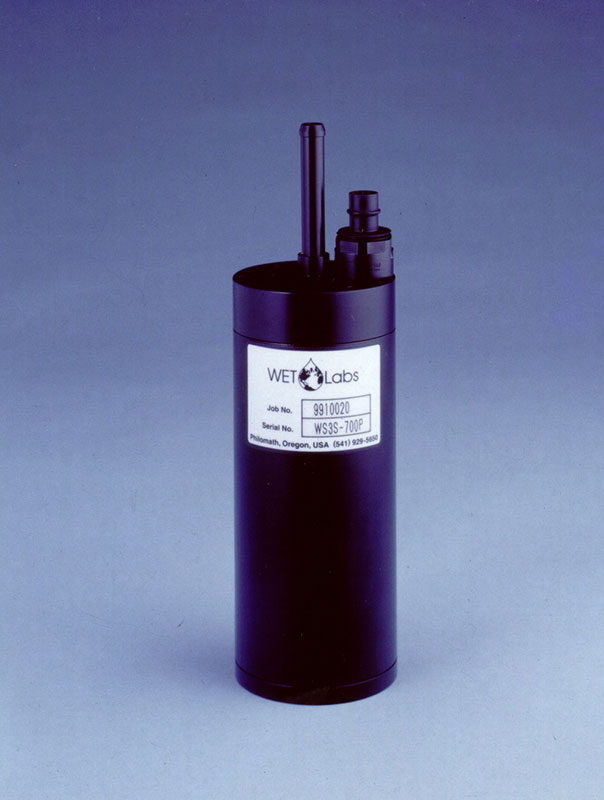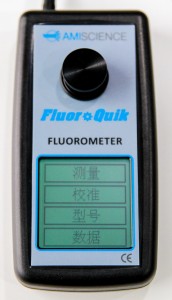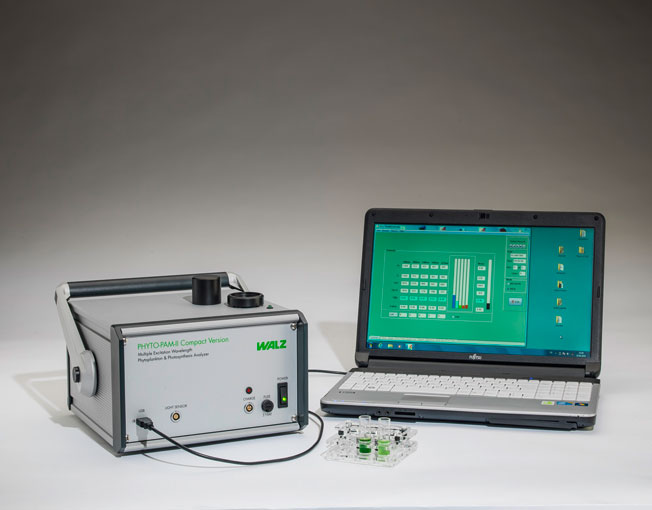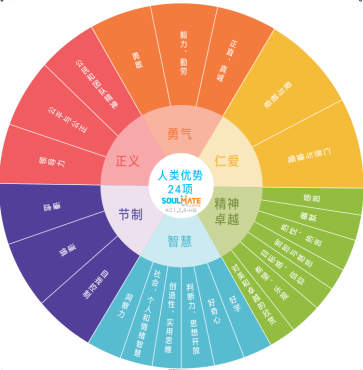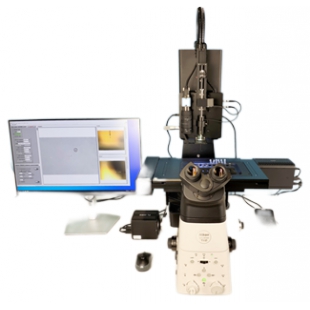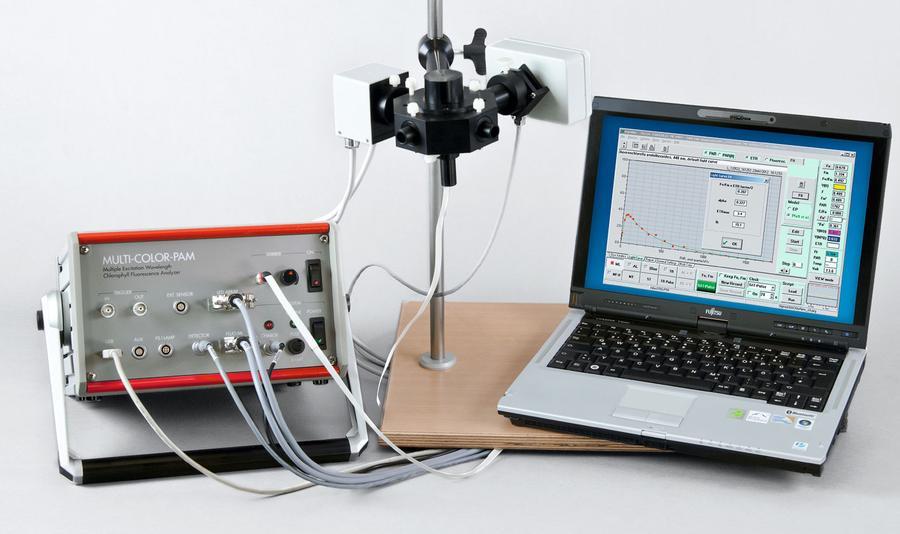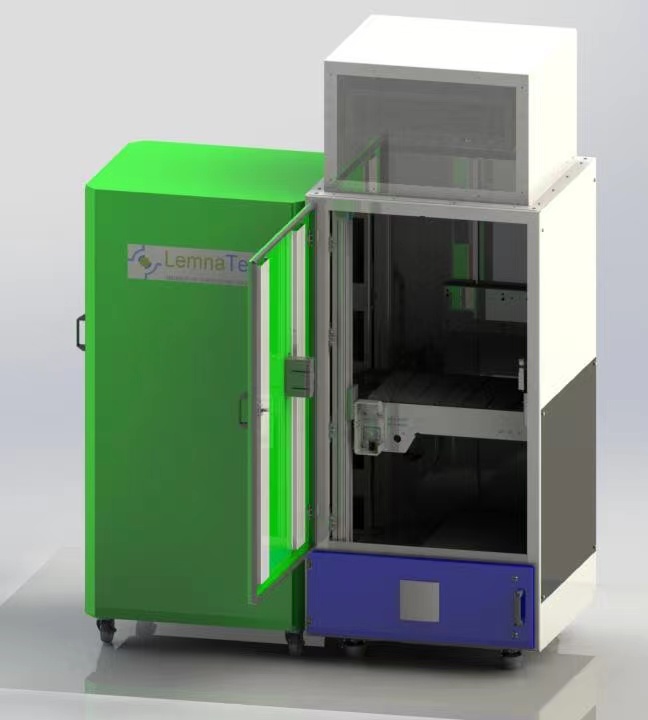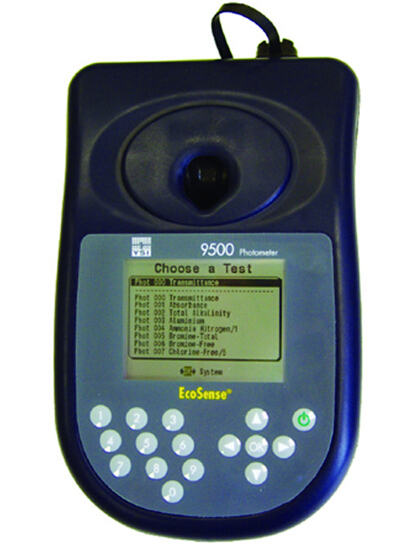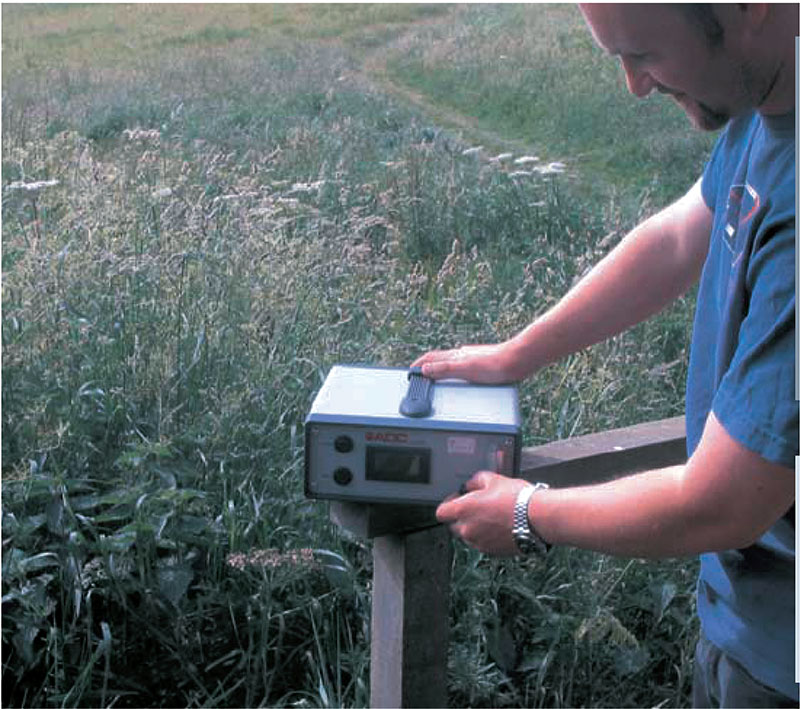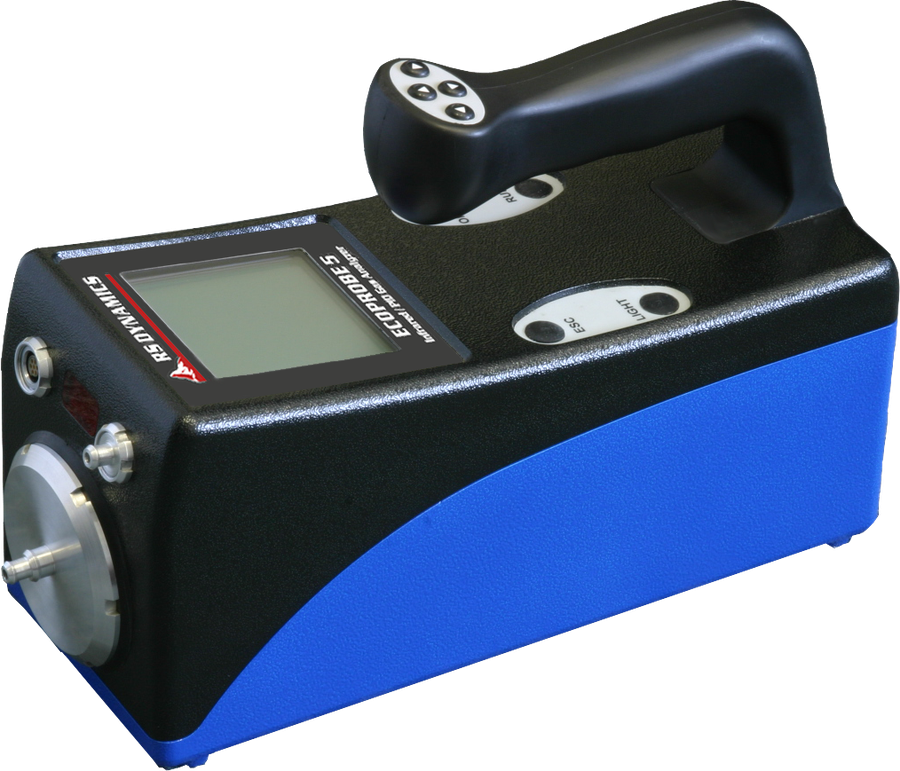-

-
藻類群落結(jié)構(gòu)掃描成像分析系統(tǒng)—浮標(biāo)版CytoBuoy
- 品牌:
- 產(chǎn)地:
- 供應(yīng)商報價:面議
-
上海澤泉科技股份有限公司
 更新時間:2025-04-03 11:42:23
更新時間:2025-04-03 11:42:23 -
銷售范圍售全國
入駐年限第10年
營業(yè)執(zhí)照已審核
- 同類產(chǎn)品水文/流速/流量/海流/波浪等監(jiān)測(14件)

立即掃碼咨詢
聯(lián)系方式:15026947287
聯(lián)系我們時請說明在儀器網(wǎng)(www.ghhbs.com.cn)上看到的!
掃 碼 分 享 -
為您推薦
詳細(xì)介紹
主要功能 1. 專業(yè)分析浮游植物細(xì)胞,同時具備傳統(tǒng)流式細(xì)胞儀經(jīng)典功能 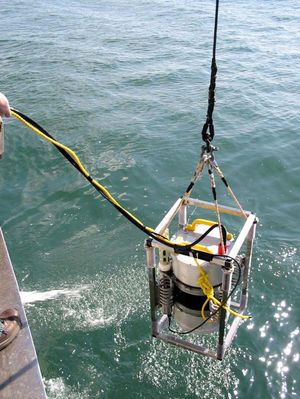
2. 可以掃描記錄各種光學(xué)信號(散射、熒光)的動態(tài)變化 3. 可實(shí)現(xiàn)高頻、原位分析水體微生物群落及優(yōu)勢種變化 4. 可在完整的藻類粒徑譜范圍內(nèi)對生物量進(jìn)行線性評估 5. 可直接分析大尺寸范圍的浮游藻類、團(tuán)體結(jié)構(gòu),可現(xiàn)場分析微囊藻群體結(jié)構(gòu)變化 6. 可調(diào)式PMT可根據(jù)檢測粒徑大小調(diào)節(jié)檢測器靈敏度 7. 流動成像技術(shù)可對感興趣感興趣的聚群進(jìn)行圈門設(shè)定后專門拍照 8. 脈沖信號指紋圖譜技術(shù),圈門直觀方便,更真實(shí)反應(yīng)細(xì)胞形態(tài) 9. 水下測量(CytoSub)可在整個真光層分析浮游植物動態(tài) 10. 可整合入浮標(biāo)中或其它載體上進(jìn)行在線監(jiān)測,可配合CTD對水體做剖面測量 11.實(shí)現(xiàn)實(shí)驗(yàn)室遠(yuǎn)程控制基站式自動在線監(jiān)測,可實(shí)現(xiàn)完全自動檢測,無人值守在線監(jiān)測 測量參數(shù) 光學(xué)參數(shù): 前向散射FWS、側(cè)向散射SWS,熒光散射FLR、 FLY、 FLO 形態(tài)參數(shù): 能同時獲得包括細(xì)胞和顆粒形態(tài)物理特性(數(shù)量、長度、大小、形態(tài)、粒度、色素、峰數(shù)等)、群體特征、脈沖圖譜等在內(nèi)的9個拓?fù)鋵W(xué)指標(biāo)及最少45組參數(shù) JD計數(shù):自然水體總顆粒計數(shù),圈門后可集群計數(shù)及濃度計算,可實(shí)現(xiàn)鏈狀藻單細(xì)胞數(shù)計數(shù)功能 其他測量參數(shù):分析體積、進(jìn)樣速率等 應(yīng)用領(lǐng)域 1. 海洋生態(tài)學(xué)與淡水生態(tài)學(xué) 2. 流域監(jiān)測與管理 3. 海洋學(xué)與湖沼學(xué) 4. 有害藻華(HABs)預(yù)警 5. 微藻生物技術(shù) 6. 河流、水庫、湖泊、海洋的監(jiān)測與管理 7. 監(jiān)測與管理 8. 水源地、水廠、污水處理廠的水質(zhì)監(jiān)測 9. 富營養(yǎng)化研究 10. 藻類環(huán)境生物學(xué) 11. 水產(chǎn)養(yǎng)殖 選購指南: 一、便攜式浮游植物流式細(xì)胞儀CytoSense 系統(tǒng)組成: 流式細(xì)胞儀分析主機(jī):相干高質(zhì)量連續(xù)固態(tài)激光器,標(biāo)配波長488nm, 可選波長445nm、635nm、640nm、660nm等,最多可配置7個檢測器(檢測通道含F(xiàn)WS L+R、SWS、YF、RF、OF)。 野外便攜式外殼:儀器采用碳素纖維外殼,防濺水設(shè)計,更輕便(<15kg),整機(jī)安裝于輕質(zhì)鋁質(zhì)框,帶高質(zhì)量防震墊。包裝于便攜式航空箱內(nèi)。 數(shù)據(jù)分析系統(tǒng):含便攜式筆記本電腦,預(yù)裝數(shù)據(jù)采集軟件CytoUSB,和數(shù)據(jù)分析軟件CytoClus 批量處理數(shù)據(jù)分析軟件EasyClus : 需購買MatLab軟件配合使用 高速流動成像模塊:可選。 

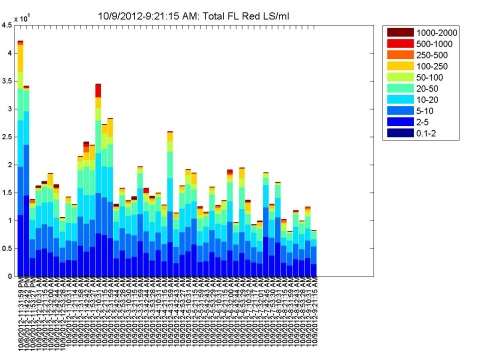
便攜式浮游植物流式細(xì)胞儀 Easyclus 粒徑分布圖 Easyclus 散點(diǎn)圖 系統(tǒng)組成: 主機(jī):淺水版Cytosub (水下20米),含CytoSense所有基本配置 浮標(biāo)模塊:包括浮標(biāo)、太陽能電池板、充電電池、浮標(biāo)燈、電子系統(tǒng)、無線傳輸裝置和采樣管防水連接器等。根據(jù)用戶需要,也可擴(kuò)展為易拆卸浮標(biāo)模塊,這樣用戶可以非常方便的在CytoSense(室內(nèi)用)和CytoBuoy(在線監(jiān)測)間轉(zhuǎn)換。 注意:野外在線監(jiān)測時不僅僅限于以浮標(biāo)作為平臺,其他平臺也可,只要可以具備放置CytoSense的空間及供電即可。同時,增加Bacterial staining module,可實(shí)現(xiàn)水體異養(yǎng)微生物自動染色和在線分析,可在線檢測藻類、細(xì)菌、浮游動物及沉積物等顆粒。具體信息請來電咨詢。 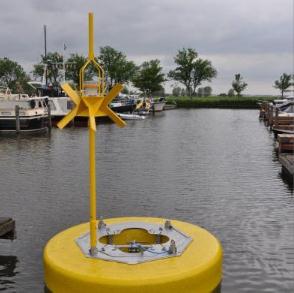
CytoBuoy 浮體 CytoBuoy通訊模式:無線通訊 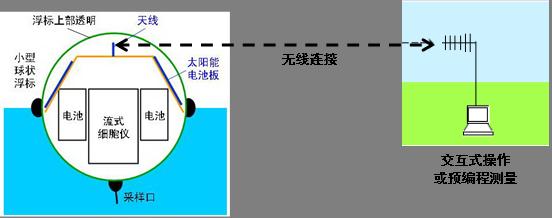
三、水下浮游植物流式細(xì)胞儀——CytoSub 主機(jī):臺式機(jī)CytoSense是防濺水設(shè)計,可以在野外使用,但不能水下使用。CytoSense加上一個水下模塊(SUB MODULE)就組成了水下式流式細(xì)胞儀CytoSub。 水下模塊:一個耐受200 m水深壓力的防水外殼,閥門和進(jìn)樣環(huán)路部分(包括循環(huán)泵),電子控制單元,數(shù)采,水下連接器和支架。 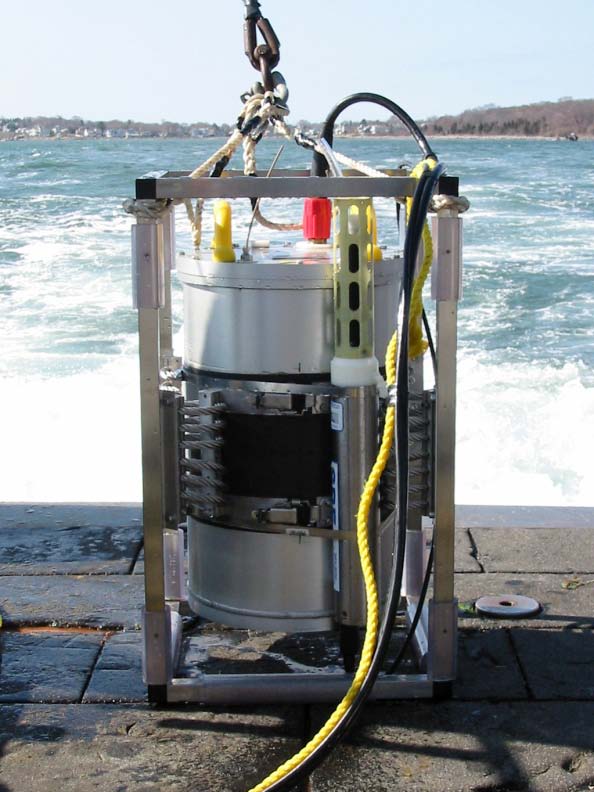
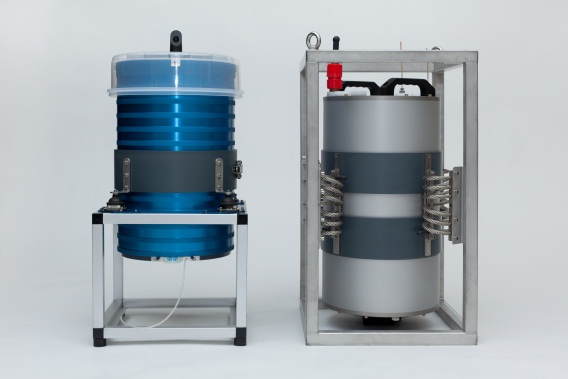
Cytosub 主機(jī) CytoSense 與CytoSub 轉(zhuǎn)換 工作模式一:AUV搭載 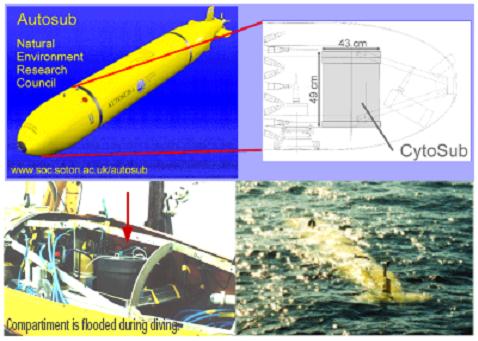
利用英國國家海洋中心AutoSub型AUV搭載CytoSub 工作模式二:水下垂直剖面分析 
與CTD結(jié)合一起測量 注意:此外,水下型浮游植物流式細(xì)胞儀CytoSub可應(yīng)用于浮標(biāo),Ferrybox等監(jiān)測平臺,在垂直剖面不同層位獲取浮游植物生物量信息,對研究微囊藻沉浮機(jī)制,浮游動物、水文、水質(zhì)等因素對浮游植物生態(tài)位影響提供數(shù)據(jù)依據(jù)。 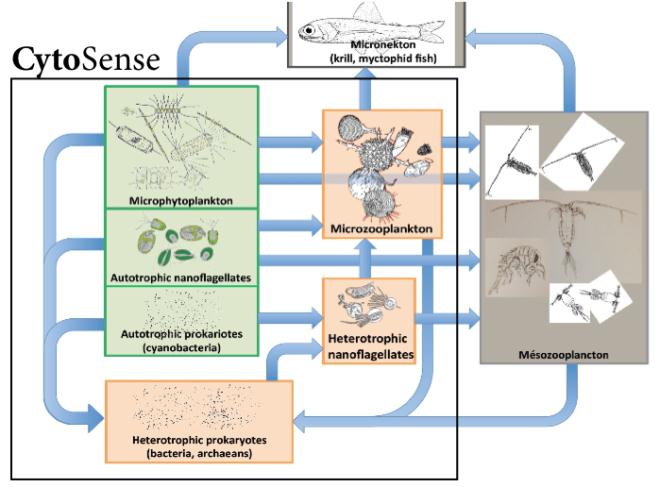
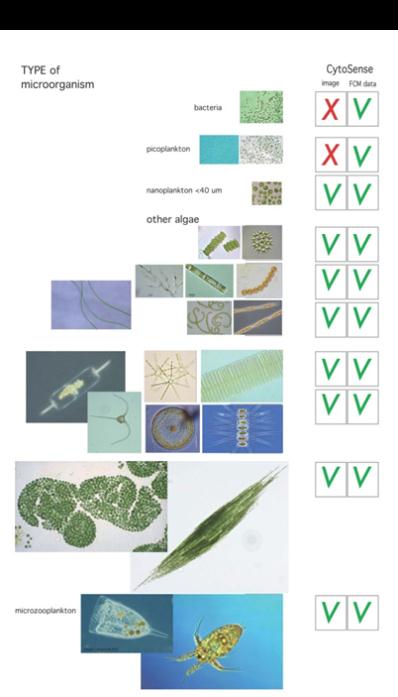
CytoSense 檢測對象 產(chǎn)地:荷蘭 CytoBuoy 參考文獻(xiàn) 數(shù)據(jù)來源: Cytometry , Goolge scholar等,截至2016年,共收集相關(guān)文獻(xiàn)近100篇。 1. Simon Bonato a, Elsa Breton , al e: Spatio-temporal patterns in phytoplankton assemblages ininshore–offshore gradients using flow cytometry: A case study in the eastern English Channel, Journal of Marine Systems 2016,76-83.[CytoSense]
2. Goran Bakalar & Vinko Tomas, Possibility of Using Flow Cytometry in the Treated Ballast Water Quality Detection, Pomorski zbornik 51 (2016), 43-55
3. Quan Zhou, Wei Chen, al e: A flow cytometer based protocol for quantitative analysis of bloom-forming cyanobacteria (Microcystis) in lake sediments, Journal of Environmental Sciences 2012, 24(9) 1709–1716
4. A. Mansour, I. Leblond al.e: Invited Paper: Wireless Sensor Networks for Ecosystem Monitoring & Port Surveillance. (WSCN 2013)
5. Endymion D. Cooper , Bastian Bentlage al e: Metatranscriptome profiling of a harmful algal bloom.Harmful Algea 37(2014)75-83.
6. SERGIO A. COELHO-SOUZA, FáBIO V. ARAúJO al e: Bacterial and Archaeal Communities Variability Associated with Upwelling and Anthropogenic Pressures in the Protection Area of Arraial do Cabo (Cabo Frio region - RJ). Anais da Academia Brasileira de Ciências (2015) 87(3):1737-1750
7. Malkassian, A., D. Nerini, al. e: Functional analysis and classification of phytoplankton based on data from an automated flow cytometer. Cytometry Part A 2011, 94A:263-275. [Cytosense]
8. Thyssen, M., B. Beker, al. e: Phytoplankton distribution during two contrasted summers in a Mediterranean harbour: combining automated submersible flow cytometry with conventional techniques. Environmental Monitoring and Assessment 2011, 173:1-16.
9. Thyssen, M., Denis M: Temporal and Spatial High-Frequency Monitoring of Phytoplankton by Automated Flow Cytometry and Pulse-Shape Analysis. Springer Netherlands 2011:293-298.
10. Vidoudez, C., J. C. Nejstgaard, al. e: Dynamics of Dissolved and Particulate Polyunsaturated Aldehydes in Mesocosms Inoculated with Different Densities of the Diatom Skeletonema marinoi. Marine Drugs 2011, 9: 345-358.
11. Hansen, B. W., H. H. Jakobsen, al. e: Swimming behavior and prey retention of the polychaete larvae Polydora ciliata. Journal of Experimental Biology 2010:3237-3246.
12. Pereira GC, Figuiredo ARd, Jabor PM, Ebecken1 NFF: Assessing the ecological status of plankton in Anjos Bay: a flowcytometry approach. Biogeosciences Discuss 2010, 7:6243–6264. [cytobuoy]
13. Barofsky, A., Simonelli P, al e: Growth phase of the diatom Skeletonema marinoi influences the metabolic profile of the cells and the selective feeding of the copepod Calanus spp. J Plankton Res 2009, 32:263-272. [CytoBuoy]
14. Donk V, E., Cerbin S, al e: The effect of a mixotrophic chrysophyte on toxic and colony-forming cyanobacteria. Freshwater Biology 2009, 54:1843-1855.
15. Pereira, C. G, Granato A, al. e: Virioplankton Abundance in Trophic Gradients of an Upwelling Field. Brazilian Journal of Microbiology 2009, 40:857-865. [CytoBuoy]
16. Thyssen, M., Mathieu D, al. e: Short-term variation of phytoplankton assemblages in Mediterranean coastal waters recorded with an automated submerged flow cytometer. J Plankton Res 2008, 30:1027-1040. [Cytosub]
17. Thyssen, T. M, Garcia N, al. e: Sub meso scale phytoplankton distribution in the north east Atlantic surface waters determined with an automated flow cytometer. Biogeosciences Discuss 2008, 5:2471-2503. [Cytosub]
18. Dubelaar, J. GB, Casotti R, al. e: Phytoplankton and their analysis by flow cytometry. Flow Cytometry with Plant Cells 2007:287-322. [CytoBuoy]
19. Takabayashi, M., Lew K, al e: The effect of nutrient availability and temperature on chain length of the diatom, Skeletonema costatum. J Plankton Res 2006, 28:831-840. [CytoSense]
20. Takabayashi, M., Wilkerson FP, al. e: Response Of Glutamine Synthetase Gene Transcription And Enzyme Activity To External Nitrogen Sources In The Diatom Skeletonema Costatum (Bacillariophyceae). J Phycol 2005, 41:84-94. [Cytobuoy]
21. Dubelaar, J. GB, Geerders PJF: Innovative technologies to monitor plankton dynamics. Sea Technol 2004, 45:15-21. [CytoSub]
22. Dubelaar, J. GB, Geerders PJF, al. e: High frequency monitoring reveals phytoplankton dynamics. J Environ Monit 2004, 6:946-952. [Cytosense]
23 Cunninghama, A., McKeea D, al e: Fine-scale variability in phytoplankton community structure and inherent optical properties measured from an autonomous underwater vehicle. J Mar Syst 2003, 43:51-59.
24. Dubelaar, J. GB, Gerritzen PL: CytoBuoy: a step forward towards using flow cytometry in operational oceanography. Sci Mar (Barc) 2000, 64:255-265. [CytoBuoy]
25. Dubelaar, J. GB, Jonker RR: Flow cytometry as a tool for the study of phytoplankton. Scientia Marina 2000, 64. [CytoBuoy]
26. Jonker R, Droben R, Tarran G, Medlin L, Wilkins M, Garcla L, zabala L, boddy l: Automated identification and characterisation of microbial populations using flow cytometry: the AIMS project. scientia marina 2000, 64:225-234. [Cyto]
27. Woodd-Walker, S. R, Gallienne CP, al e: A test model for optical plankton counter (OPC) coincidence and a comparison of OPC-derived and conventional measures of plankton abundance. J Plankton Res 2000, 22:473-483.
28. Dubelaar, J. GB, Gerritzen PL, al e: Design and first results of CytoBuoy: A wireless flow cytometer for in situ analysis of marine and fresh waters. Cytometry 1999, 37:247-254. [CytoBuoy]
29. Wilkins, F. M, Boddy L, al e: Identification of Phytoplankton from Flow Cytometry Data by Using Radial Basis Function Neural Networks." Appl Environ Microbiol 1999, 65:4404-4410.
30. Jonker, R. R, Meulemans JT, al e: Flow cytometry: A powerful tool in analysis of biomass distributions in phytoplankton. Water SciTechnol 1995, 32:177-182. [Cytosense]
31. Jonker, R. R, G. B. J. Dubelaar, al. e: The European Optical Plankton Analyser: A high dynamic range flow cytometer. Scientia Marina 1994.
32. Dubelaar, G. B. J., A. Groenewegen ea: Optical plankton analyser: a flow cytometer for plankton analysis, II: Specifications. Cytometry 1989, 10:529-539. [OPA]
33. Peeters, J. C. H., G. B. J. Dubelaar, al e: Optical plankton analyser: A flow cytometer for plankton analysis, I: Design considerations. Cytometry 1989, 10:522-528. [OPA]
您可能感興趣的產(chǎn)品
-
 藻類群落結(jié)構(gòu)掃描成像分析系統(tǒng)—浮標(biāo)版CytoBuoy
藻類群落結(jié)構(gòu)掃描成像分析系統(tǒng)—浮標(biāo)版CytoBuoy
-
 藻類群落結(jié)構(gòu)掃描成像分析系統(tǒng)—浮標(biāo)版CytoBuoy
藻類群落結(jié)構(gòu)掃描成像分析系統(tǒng)—浮標(biāo)版CytoBuoy
-
 藻類群落結(jié)構(gòu)掃描成像分析系統(tǒng)—便攜版CytoSense
藻類群落結(jié)構(gòu)掃描成像分析系統(tǒng)—便攜版CytoSense
-
 藻類群落結(jié)構(gòu)掃描成像分析系統(tǒng)—水下版CytoSub
藻類群落結(jié)構(gòu)掃描成像分析系統(tǒng)—水下版CytoSub
-
 藻類群落結(jié)構(gòu)掃描成像分析系統(tǒng)—便攜版CytoSense
藻類群落結(jié)構(gòu)掃描成像分析系統(tǒng)—便攜版CytoSense
-
 藻類群落結(jié)構(gòu)成像分析系統(tǒng)—水下版CytoSub
藻類群落結(jié)構(gòu)成像分析系統(tǒng)—水下版CytoSub
-
 藻類群落結(jié)構(gòu)成像分析系統(tǒng)—便攜版CytoSense
藻類群落結(jié)構(gòu)成像分析系統(tǒng)—便攜版CytoSense
-
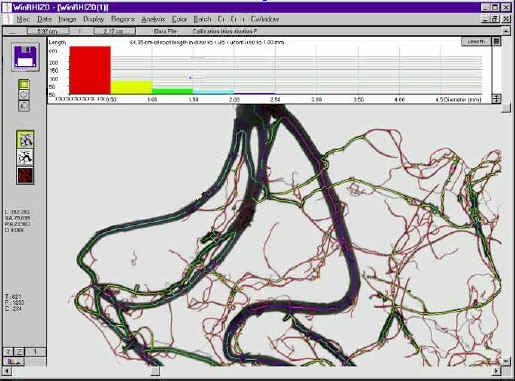 SpectraScan-R根系光譜掃描成像分析系統(tǒng)
SpectraScan-R根系光譜掃描成像分析系統(tǒng)
-
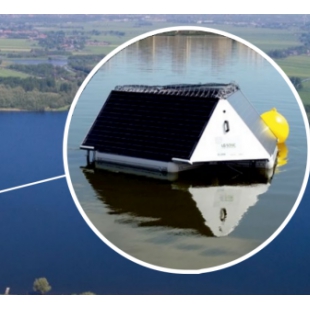 MPC超聲波藻類治理、監(jiān)測浮標(biāo)
MPC超聲波藻類治理、監(jiān)測浮標(biāo)
-
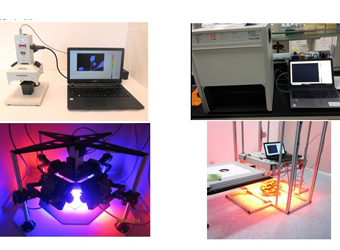 模塊式藻類表型成像分析系統(tǒng)
模塊式藻類表型成像分析系統(tǒng)
-
 智能飛行浮標(biāo)(海洋版)
智能飛行浮標(biāo)(海洋版)
-
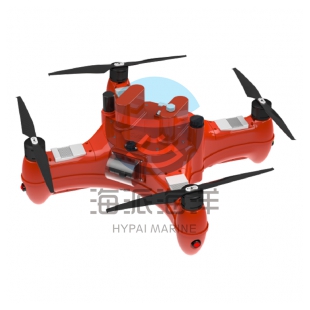 智能飛行浮標(biāo)(環(huán)保版)
智能飛行浮標(biāo)(環(huán)保版)

